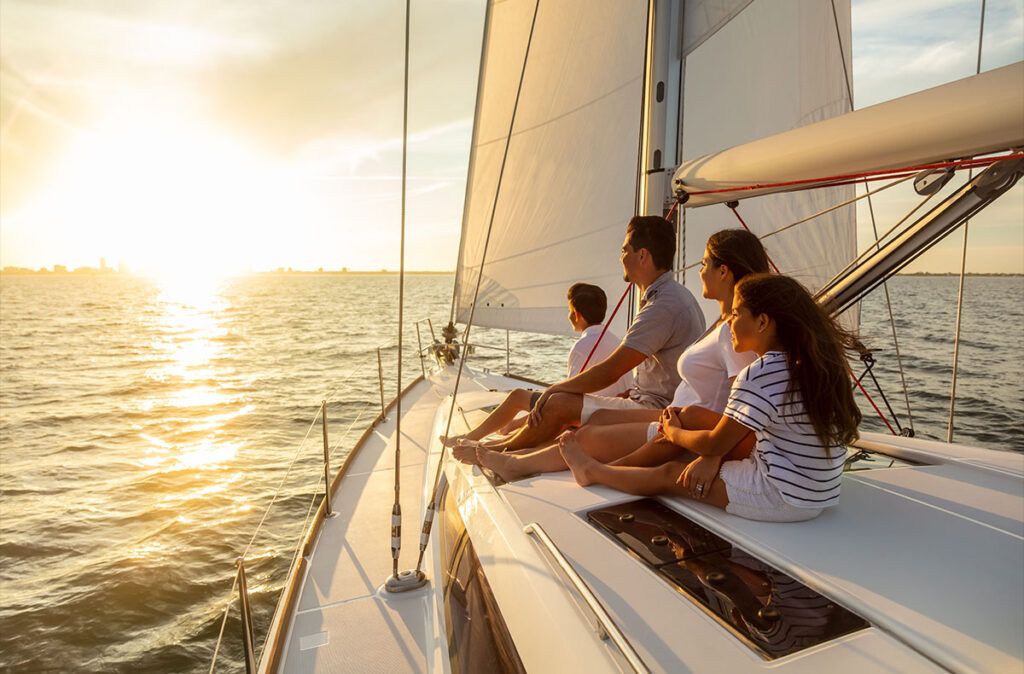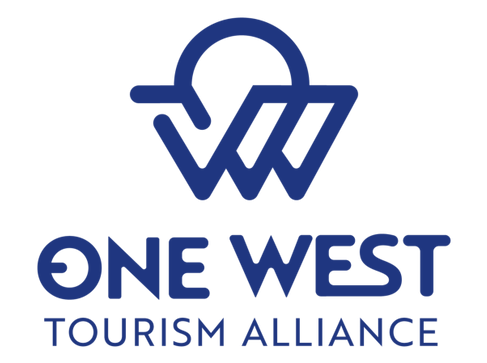In Uncertain Times, Luxury Travelers Are Still Booking—And More Than Ever, Destination Marketing Matters To Protect Your Tomorrow
by Barbara Karasek
Let’s face it: uncertainty has been the word of the decade since March 2020—and it’s not going away. From global conflicts and election-year volatility to economic whiplash and changing traveler sentiment, the travel and tourism industry is once again in a period of rapid evolution.
But while mass-market travel demand may ebb and flow, one segment continues to travel, spend, and inspire: the affluent and luxury consumer.

According to American Express Travel’s 2025 Global Travel Trends Report, 78% of affluent travelers say they plan to spend more on travel this year than in 2024. Virtuoso’s 2025 Luxe Forecast shows 87% of luxury travelers have at least two international trips already booked, with more than 60% planning to upgrade their experiences.
And it’s not just third-party data backing this up—major global brands are seeing it in their bottom line.
In Delta Air Lines’ Q1 2025 earnings report, the airline emphasized the resilience of its premium cabin and high-value loyalty traveler segments, noting that demand for Delta One and Delta Premium Select continues to outpace expectations. “Our premium product and loyal customers remain strong and less sensitive to economic shifts,” CEO Ed Bastian noted, underscoring that affluent travelers are not just traveling more—they’re flying better, staying longer, and expecting more.

Discerning Travelers Demand Strategic Marketing
Today’s high-value travelers aren’t just looking for a getaway—they’re seeking purpose, connection, and exclusivity. They want luxury without pretension, authenticity without compromise, and experiences that align with their values and aspirations.
This audience doesn’t respond to generic messaging. They’re deeply engaged in research, curation, and storytelling. They follow travel tastemakers. They consult AI travel tools. They value content that informs and inspires—before, during, and after booking.
According to Longwoods International’s Travel Sentiment Study (March 2025), 64% of travelers are still in inspiration mode—even if they haven’t finalized plans. Among affluent segments, that figure jumps to nearly 74%.
The takeaway? The window to influence decisions is wide open—but only for brands that show up consistently, creatively, and insightfully.
Going Dark is Not a Strategy
In times of economic pressure, some destinations pull back. But that’s not what winning brands do.
A 2025 McKinsey & Company study found that businesses that maintain marketing visibility during downturns recover faster and grow stronger—outpacing competitors by 30% or more in revenue and market share during recovery cycles.
The same holds true for destinations. After a very brief pandemic 14-day pause to reset, brands like Naples, Marco Island and The Everglades, Marriott, and Delta itself leaned into empathetic narratives and storytelling, stayed agile with messaging, and built trust with their audiences. As a result, they bounced back stronger—and today lead the recovery narrative in their categories. Yes, friends, the pandemic recovery is continuing. If we think about it, a mere 18 months ago the “revenge travel” seemingly subsided and consumers phased back into somewhat “normalized emotional decision trees.” Coupled with ongoing commercial property construction booms that increase available accommodation inventory, the return to travel consumer expectations, and ongoing woes, the “crisis” we are facing today and in the foreseeable future is, once again, somewhat unprecedented. When the S&P 500 took almost six years to fully recover from the crashes of 2000 (the dot-com bubble) and 2008 (the global financial crisis), rest assured destinations and brands can seek resolve in following a similar five to six-year return timeframe provided they are operating with smooth and all-firing cylinders.
In contrast, destinations and brands that went quiet or have historically gone too quiet too fast or for too long, or U-turn too hard too quickly, have had to play catch-up. Visibility—and trust—don’t return overnight.

Affluent Audiences Are More Resilient—and More Influential
The Consumer Confidence Index dipped to 104.7 in March 2025, indicating broader economic caution. Inflation, higher interest rates, and global uncertainty continue to impact everyday travelers’ choices.
But affluent consumers are less phased. According to Bain & Company’s 2025 Luxury Market Update, the global luxury market is forecasted to grow 5–8% this year, with experiential luxury—especially bespoke travel—making up over 65% of total luxury spending.
This isn’t just a trend. It’s a signal. And it’s math.
These travelers are driving growth. They’re upgrading rooms, extending stays, and sharing their experiences online. Their bookings impact hotels, restaurants, spas, boutiques, arts and culture institutions—and ultimately, the broader community and overall economic impact.
And they expect digital excellence. From hyper-targeted content and high-touch personalization to seamless UX and proactive communication, this audience expects their journey to begin before they book—and continue long after they arrive.
Data-Driven Agility is the New Competitive Advantage
Agility has become the single most important skill for destination marketers. In 2025, annual media plans that don’t evolve monthly (or weekly) are simply not enough.
Destinations need to monitor traveler behavior, optimize creative, shift media mix, and act on data in real time. Personalization isn’t optional—it’s expected.
Skift’s 2025 Megatrends Report put it best: “The era of static destination marketing is over. Flexibility, personalization, and purpose-driven storytelling are the new pillars of influence.”
At Paradise, we embrace this every day. As digital marketing technologists, we don’t just build beautiful campaigns—we build campaigns that learn, iterate, and perform.

While The “It’s Math” Mantra Applies, Marketing is Not Just About Metrics—It’s About People
Behind every click is a potential visitor, and every visit, every flight, every road trip, every experience, every souvenir, and every meal is an actual visitor. Behind every booking is a local job, a family-owned business, or a cultural institution. Destination marketing isn’t just a line item on a budget—it’s a catalyst for sustaining livelihoods and business.
When destinations go quiet, the ripple effects are real. But when they stay smart, stay seen, and stay connected? Everyone wins.





